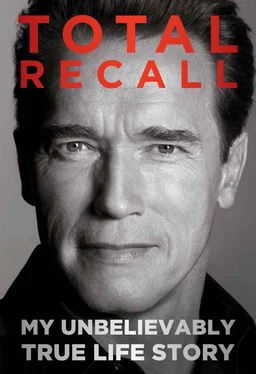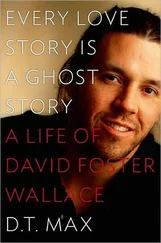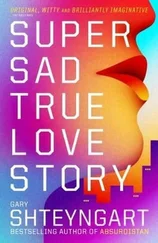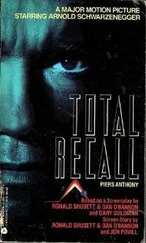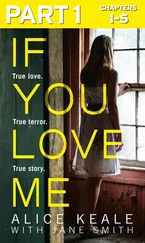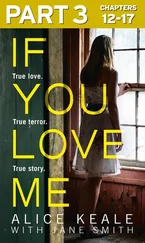Stay Hungry
BOB RAFELSON WAS STAYINGat director-producer Francis Ford Coppola’s apartment in the Sherry-Netherland Hotel facing Central Park, and the day before the Mr. Olympia contest, he brought me up to see it. I didn’t know an apartment could be like that. It was as big as a house. It made quite an impression. I’d stayed only at Holiday Inns and Ramadas. And to have such a place and not even be there! Coppola was using it just for friends to stay in. The apartment had beautiful paintings and furniture, plus full hotel services day and night. I was amazed by his library of videotapes: an entire wall of movies categorized by genre—musical, action, drama, comedy, history, prehistoric, animated, and so on.
The next night at the book party, Rafelson’s friends were all hanging out and watching me. Bob had brought them because he wanted to know what they thought. Did they like my personality? Would I be good for his movie?
Gaines and Butler had been pushing all along for him to cast me in the lead bodybuilder role in Stay Hungry. I’d been pushing too. “Where else are you going to find a body like this?” I asked him. “Looking for a professional actor is bullshit! I can do all that stuff! I’m sure I can act if you direct me right.” The plot of the movie sounded like fun the way that Charles described it to me. He’d set the story in the city of Birmingham, Alabama, where he grew up. The hero, Craig Blake, is a young southern aristocrat who has inherited a lot of money and needs to find himself. He’s stuck in the country club set, and he’s working as the front man for crooked developers who are secretly trying to take over a block of downtown. One of the businesses they need to buy out is a bodybuilding gym.
The minute Craig walks into the gym, his world starts to change. There’s a pretty receptionist he likes, a country girl named Mary Tate Farnsworth. And he becomes fascinated by the bodybuilding scene. The lead bodybuilder, Joe Santo, is a Native American training for the Mr. Universe contest. He’s a playful, funny guy who sometimes works out in a Batman costume. Meeting him and the other bodybuilders inspires the hero, and he starts to buy into Joe Santo’s philosophy: “You can’t grow without burning. I don’t like to be too comfortable. I like to stay hungry.” Once Craig gets involved with the people at the gym, he realizes that he can’t sell them out, and the plot takes off from there.
Rafelson had already hired his friend Jeff Bridges as Craig—which was very exciting because Bridges was a hot new talent who had starred in The Last Picture Show and Clint Eastwood’s new movie Thunderbolt and Lightfoot . Charles thought I would be perfect as Joe Santo, and changed the character from an American Indian to an Austrian.
Maybe it was seeing me in the television skit with Art Carney and Lucille Ball that finally caused Rafelson to make up his mind. He called me after Happy Anniversary and Goodbye aired in late October and told me the part was mine. “You’re the only one who has the body and the personality,” he said. “But before you start to celebrate, we’ve got to get together tomorrow and talk.”
When we sat down at Zucky’s in Santa Monica the next day for lunch, Bob was all business. I’d never seen him in movie-director mode. He took charge of the conversation, and he had a lot to say. “I want you to play this lead role in the film, but I’m not going to give it to you,” he began. “You have to earn it. Right now I feel you are not capable of being in front of the camera and selling all the different beats that I need.” I didn’t know what a beat was, but as he continued, I began to catch on.
“Most people think of a bodybuilder as a guy who will walk into a room and crash into everything and break it. When he talks, it’ll be rough talk.
“But I bought the book partly because this guy, besides being powerful, is sensitive. You’ll see him lifting hundreds of pounds of weight, but in the next scene, he might pick up a glass and say, ‘Do you know what this is? This is Baccarat crystal. Look how gorgeous it is, how delicate it is.’ That’s just one example. He loves music. He plays the fiddle. He can get off on the quality of a guitar. He has a sensitivity and intuition that are almost like a woman’s. That’s what makes the character; he’s able to shift gears. That’s very hard to pull off.” I made a mental note: I would have to take a few fiddle lessons.
“For instance,” Bob was saying, “you’ve told me that bodybuilding is an art. But I want you to be able to sit with the leading lady, and when she says, ‘Wow, look at your calves!’ and say, ‘Well, the calf is a very important body part. To win the competition, you cannot just have a blob of muscle there. It needs to be a heart shape; an inverted heart shape. See? And the measurements of the calf and the upper arm and the neck all have to be the same. It goes back to the Greeks. When you see Greek sculptures, they are beautifully proportioned—not just big biceps but also big shoulders and calves.’ ”
Bob said he wanted me to be able to explain all that not as a bodybuilder would explain it, but with feeling, more like an artist or art historian. “ And you have to do it on camera. I’ve heard you talk like this sometimes, but can you pull it off when I say, ‘Action’? Can you pull it off when I do the close-up, and the cross-angle shot, and the master shot, and the top shot? Can you stay in character for that, and then snap into the same character the next day when the script calls for you to do a wild training session where you and the other guys bounce around with huge weights? That’s what makes this part unique.”
He wasn’t finished with his list of requirements.
“Also, if you’re Joe Santo, you have to deal with the southern country club scene, where they have big parties and where all these silly people are drunk all the time. Everything you have you’ve earned through hard work. Now here’s this new acquaintance, Craig Blake, who inherited a lot of money, walking around in a nice suit, and he wants to be your friend. How do you feel about that?
“I think you can learn to do all this. But I want you to take acting classes before we shoot.”
Bob must have been expecting me to put up a fight because he seemed surprised when I agreed. I was excited. Not only was somebody finally explaining to me what movie acting was actually about, but also he was making it a challenge. I wasn’t being hired just because he’d watched me win Mr. Olympia and I got along with his movie-star friends. I had to earn it, which was what I liked to do.
Bob had another condition, and this one was harder: he wanted me to cut down to 210 pounds from 240. “The camera makes the body look bigger,” he explained, “and I don’t want you to overwhelm the other actors with your size. You can weigh two-ten and still sell the idea of being Mr. Universe.”
This was a big request. I knew that the only way I could get down to 210 was to let go of my vision of myself as the world’s most muscular guy. I couldn’t have it both ways. So I was forced to make the decision I’d been leaning toward anyway: to retire from competition. I’d been bodybuilding for twelve years already, and the philosophy of the movie spoke to me. I liked the idea of staying hungry in life and never staying in one place. When I was ten, I wanted to be good enough at something to be recognized in the world. Now I wanted to be good enough at something else to be recognized again, and even bigger than before.
The teacher Rafelson sent me to, Eric Morris, had been Jack Nicholson’s acting coach. He had an LA studio, and I still remember the address and phone number by heart because I sent so many people to him in the following years. As you walked into the studio, there was a sign next to the entrance that read DON’T ACT. I wondered about that the first time I saw it. But the production company was paying for three months of private lessons and classes, and I was ready to give it a chance.
Читать дальше
